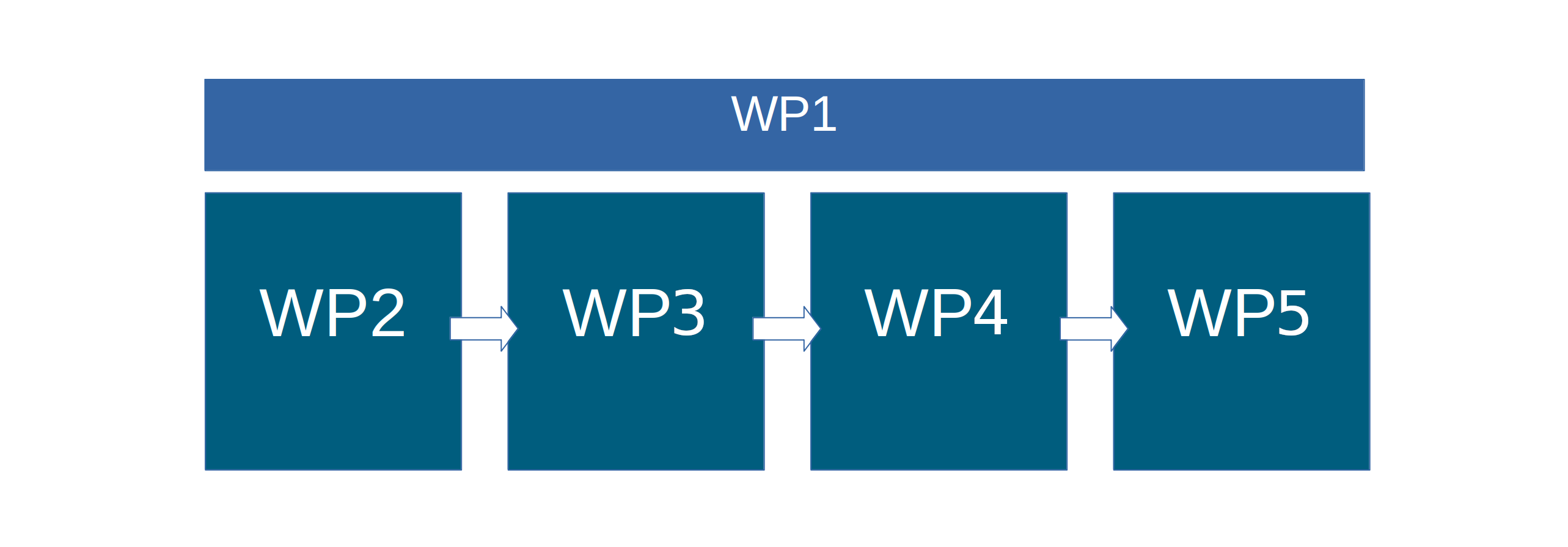Earth in the Cloud
A research project funded by POR FESR Lazio 2014 – 2020 (Azione 1.2.1)

A research project funded by POR FESR Lazio 2014 – 2020 (Azione 1.2.1)

Earth in the Cloud is a research project funded by POR FESR Lazio 2014 - 2020 (Action 1.2.1) that inolve two research organizations, the University of Rome Tor Vergata (through the Department of Civil Engineering and Computer Engineering) and Sapienza University of Rome (through the Department of Computer Science). The project aimed at developing a new technology which, through techniques based on mathematical models and artificial intelligence, has the objective of automating, optimizing and minimizing the costs of the process of development, production and operation of applications that process Eart Observation data on cloud computing platforms. By exploiting the computing resources offered by the various competitive cloud providers on the market, the technology acts as a broker for the users, selecting the most efficient and cost-effective resources, and automating the deployment and execution process of operational workflows. The ultimate goal is to reduce for companies the operating and management costs of applications that convert OT data into value-added products and services, offering them considerable advantages in terms of competitiveness, time-to-market and scalability, allowing them to support rapid growth of their business.
The technology aims at the following specific objectives:
The project ended on April 2023. The estimated cost and the admitted contribution for the project are € 148,724.10.
The project activities were divided into the following 5 Work Packages (WPs):
- WP1: Activities coordination and administration, communication and valorisation of results
- WP2: Analysis of user requirements and identification of technological requirements, definition of pilot test cases
- WP3: Study and development of techniques based on AI and mathematical models to support the automation and optimization of operational workflows in the cloud environment
- WP4: Technology design and development of the system's operational components
- WP5: Final testing and evaluation of results
Activity schedule diagram:

The project has come to the end. After the completion of the activities of work packages 2, 3 and 4, the final testing phase relating to WP5 was completed. Below are the technical/scientific requirements and objectives achieved in the context of the activities of the various work packages.
As part of WP2, dedicated to identifying the requirements and functionality of the technology, the following macro targets have been identified:
WP3 has produced the techniques and tools to:
As part of WP4, the implementations of the set of services were completed for:
The testing phase, in the contex of WP5, completed an overall evaluation study on the developed technology, including in particular the following targeted studies:
The scientific publications related to the project are currently being submitted.
If you are interested in the technology developed by the Earth in the Cloud project, plea contact us using the form at the bottom of the page.
Copyright © 2021 - All Rights Reserved - Progetto Earth in the Cloud
Template by OS Templates


